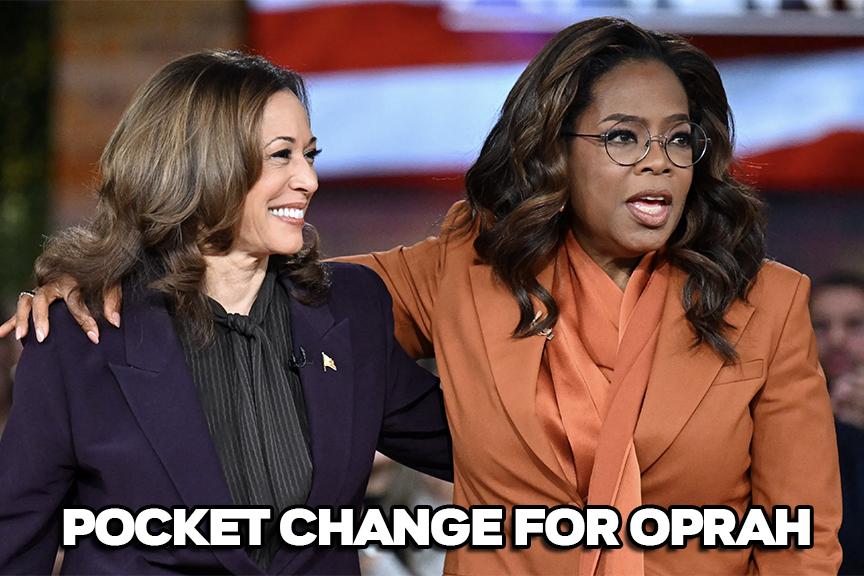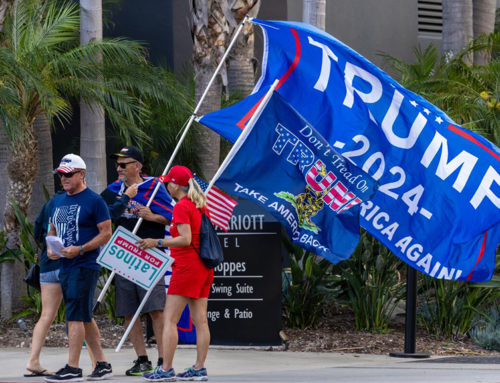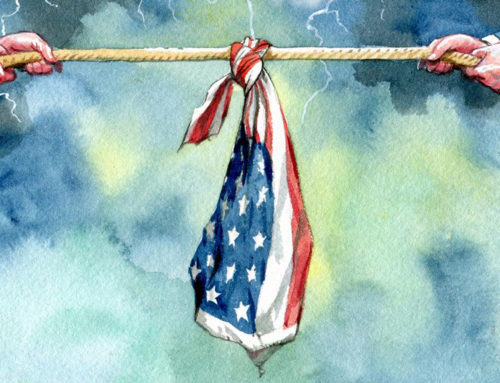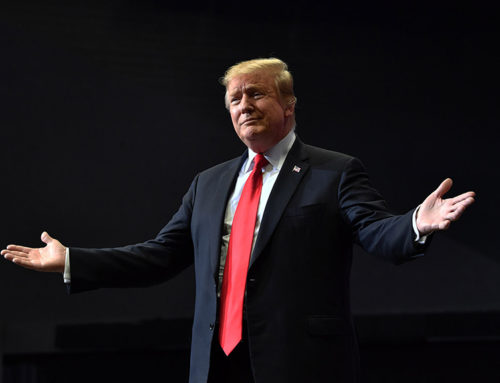How the Harris Campaign’s Spending Flash Cash Missed the Mark with Voters
In a political landscape where every dollar could be invested in meaningful change, the Harris campaign’s strategy seemed intent on proving one thing: that when all else fails, a billion-dollar campaign of glittering concerts and celebrity endorsements might distract voters just long enough to miss the point. With spending that included a jaw-dropping million-dollar contract with Oprah Winfrey’s company, six-figure podcast appearances, and star-studded events across key swing states, the Harris campaign created a spectacle. But for all the flash and pomp, voters are still left asking: What about the issues?
A Million-Dollar Oprah Moment
Campaigns always seek high-profile figures, but the Harris campaign took it to new heights with a million-dollar contract with none other than Oprah Winfrey. The town hall that Winfrey hosted for the Vice President in September was intended to bring a sense of authenticity to the campaign—yet the price tag left Americans wondering about priorities. Spending a million dollars on a single appearance may secure headlines, but it hardly translates to addressing the real concerns of voters dealing with rising inflation, job insecurity, and healthcare struggles.
This seven-figure payout epitomized a campaign more focused on Hollywood’s approval than on the economic struggles faced by working families. Oprah’s name might add sparkle to a campaign, but a million-dollar price tag doesn’t make anyone’s groceries cheaper or gas more affordable.
The ‘Call Her Daddy’ Podcast Spending Spree
But Oprah wasn’t the only big-ticket media moment. The Harris campaign reportedly spent six figures on an appearance on the popular Call Her Daddy podcast, going as far as building a special set in a Washington, D.C., hotel room. The campaign poured money into transforming a hotel space into a studio—a setup that industry insiders claim could easily have been done for under $20,000. The over-the-top spending raised eyebrows, especially given that the resulting video pulled in fewer than a million views on YouTube.
Throwing hundreds of thousands at a single podcast appearance with questionable returns doesn’t show commitment to the issues. Instead, it highlights a tone-deaf campaign where pricey media spectacles took priority over real outreach to the voters struggling to pay rent and bills.
Concerts in Swing States: Star Power with a Price Tag
If there’s one thing the Harris campaign proved, it’s that star power is always available for a price. In a single day, they held concerts in swing states with performances by Jon Bon Jovi, Christina Aguilera, Katy Perry, Lady Gaga, and 2 Chainz. These stars appeared in battleground states like Detroit, Las Vegas, Pittsburgh, Philadelphia, and Atlanta. The campaign clearly hoped that aligning with big names would translate to votes.
But here’s the reality: celebrity endorsement doesn’t always equate to genuine support from the public. When these artists show up to support a campaign, it’s often seen as little more than a paid gig. The artists’ presence might create a social media buzz, but it doesn’t provide a solution to everyday issues. And if voters want to catch a Bon Jovi or Lady Gaga performance, they can do so on YouTube without having to sift through a political circus.

When Flash Fails to Connect
The Harris campaign’s reliance on flash and all-star events and costly endorsements underscores a fundamental issue: glitz and glamor can’t buy trust or authenticity. Voters recognize when campaigns are spending on appearances rather than substance, and the excessive spending only distances them from the very Americans they need to win over. Despite all this spending, it appears the campaign missed a critical point: voters aren’t looking for Hollywood approval; they’re looking for solutions to real, tangible problems.
Campaign dollars that could have been spent on addressing economic policy, healthcare, or educational reforms were instead funneled into one-off events that did little to demonstrate actual commitment. The big show might entertain, but it doesn’t put food on the table or offer job security. And in today’s economy, that’s what really matters to voters.
The True Cost of a Missed Opportunity
With each million-dollar media event, voters were left wondering what that money could have accomplished elsewhere. Instead of pouring funds into fleeting moments, that spending could have supported community programs, funded outreach initiatives, or been used to directly engage with voters on the ground. Campaigns with a true focus on change don’t rely on celebrities or high-budget productions to make their case—they prove it by addressing the concerns of their supporters.
While these tactics might boost social media likes or secure headlines, they reveal a fundamental disconnect. The over-the-top spending on a campaign more focused on image than on impact signals to voters that their actual concerns are being ignored. And as Americans face a turbulent economy and rising costs, flashy ads and high-profile concerts feel like a slap in the face to those trying to make ends meet.
Real Change Doesn’t Come with a Price Tag
The Harris campaign’s billion-dollar spectacle serves as a clear reminder: American voters aren’t impressed by star-studded events or million-dollar media buys. They want solutions. They’re tired of the political circus, the celebrity endorsements, and the endless attempts to gloss over genuine needs with big-budget distractions.
If the Harris campaign hoped to win over voters with Hollywood hype and high-profile performances, they missed the mark. The American people know when they’re being sold an empty promise—and they aren’t buying it. Future candidates should take note: flashy events don’t create real change, and when campaigns prioritize image over substance, they fail to earn the trust of the very people they claim to represent. In the end, voters are looking for leaders, not entertainers, and certainly not a billion-dollar spectacle.






